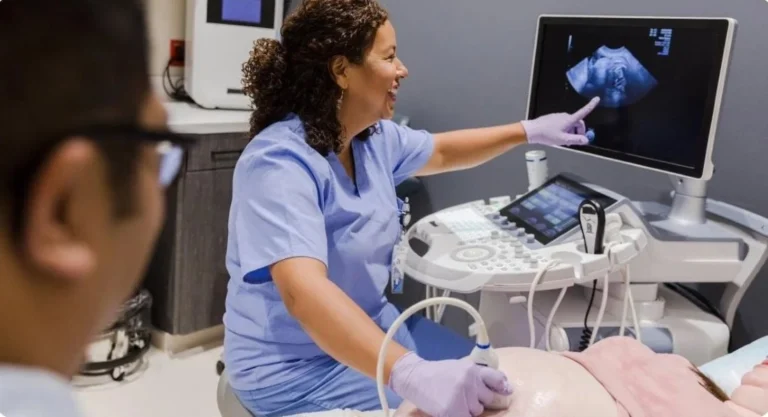Leg Press Alternative: Exciting Exercises for Stronger Legs
Hi there! Let’s discuss alternatives to the leg press. You’ve come to the perfect spot if you want to mix things up a little while still building strong legs! Although the leg press machine is fantastic, there are a ton of enjoyable and efficient workouts you can do in its place.
Imagine maintaining the excitement and freshness of your workout while experiencing the burn in your quadriceps and glutes. Dumbbell exercises and bodyweight exercises are only two of the many possibilities available! So let’s look at some fantastic options that will make your leg day something to look forward to, whether you’re at home or in the gym!
Leg Press Alternatives: Effective Exercises for Stronger Legs
1. Squats: The Classic Power Move

For good reason, squats are a staple of leg exercises. This multipurpose exercise is a great substitute for the leg press because it works your quadriceps, hamstrings, and glutes. Squats can be done with just your body weight or with the addition of resistance from dumbbells or a barbell. To prevent injury, it’s important to keep your back straight and your knees in line with your toes.
Imagine pulling through your heels to use those strong leg muscles as you lower yourself into the squat. Variations that work your core and provide an additional challenge include front squats, goblet squats, and even single-leg squats. You’ll gain strength and stability with each repetition, which are critical for overall athletic performance.
Additionally, whether you’re working out at home or at the gym, squats may be effortlessly incorporated into a variety of fitness regimens. Everyone may use them, from novices to seasoned athletes, as they require no equipment and can be modified to fit your fitness level.
2. Lunges: Dynamic Leg Strength
Another great option that increases leg strength while also enhancing balance and coordination is the lunge. They are a well-rounded option for lower body training since they engage your core and target your quadriceps, hamstrings, and glutes. You can do lateral lunges, forward lunges, or reverse lunges; each has its own advantages and targets a different muscle region.
You can add some variation to your exercise by using lunges. To enhance resistance, try adding weights to your lunges. You can also try walking lunges to test your stability. To guarantee correct form and prevent strain, concentrate on keeping your front knee over your ankle and maintaining a straight posture.
Furthermore, lunges are easily modified to accommodate all levels of fitness. You can adjust the weight or the depth of your lunge to fit your needs, regardless of your level of experience with exercise or desire for a more difficult task. Lunges are a vital part of every leg workout because of their versatility.
3. Step-Ups: Functional and Effective

Step-ups, which imitate functional movement patterns, are a very successful substitute for the leg press. You work your quadriceps, hamstrings, and glutes, among other muscle groups, by using a bench or stable platform. In addition to increasing strength, this exercise improves stability and balance, which are critical for daily tasks.
Step-ups are as easy as placing one foot on the platform and driving through your heel while raising your torso. For an additional challenge, you can add weights by gripping a barbell or dumbbells. The step is a flexible choice for any level of fitness because varying its height can further intensify the workout.
Step-ups are a great way to add variation and excitement to your leg day program. They are a sensible option for people who want to successfully strengthen their legs because they are simple to perform at home or in the gym and need little equipment.
4. Deadlifts: Total Body Engagement
Although they are sometimes disregarded, deadlifts are a fantastic way to increase leg strength and stability in the body. This compound exercise works your core and upper body while focusing on your hamstrings, glutes, and lower back. Traditional, sumo, or single-leg deadlifts will all work different muscle groups in a single exercise.
In order to perform a deadlift, you must raise a weight from the floor to your hips while driving through your heels and keeping your back flat. This focus on form is essential for preventing injuries and optimizing gains. You can keep pushing yourself by increasing the weight as you get more accustomed to the activity.
In addition to increasing leg strength, deadlifts also help with posture and functional fitness. Because they prepare you for daily tasks that include lifting and bending, they are therefore a beneficial complement to your exercise regimen.
5. Resistance Bands: Versatile Leg Training
Resistance bands provide your workouts variation and flexibility while offering a special method of strengthening your legs. All fitness levels can use these bands because they come in a variety of resistance levels. They may be used at home, in the gym, or even on the go because they are lightweight and portable.
You can precisely target particular muscles by using resistance bands in your leg exercise. For example, bands can be used for glute bridges, banded squats, and lateral leg raises. These exercises improve joint stability and flexibility, which are critical for overall mobility, in addition to activating your leg muscles.
Resistance bands also make it possible to move smoothly and deliberately, which maximizes muscle engagement while lowering the chance of damage. For a thorough leg workout, they may be readily mixed with other exercises, guaranteeing that your training stays fun and efficient.




